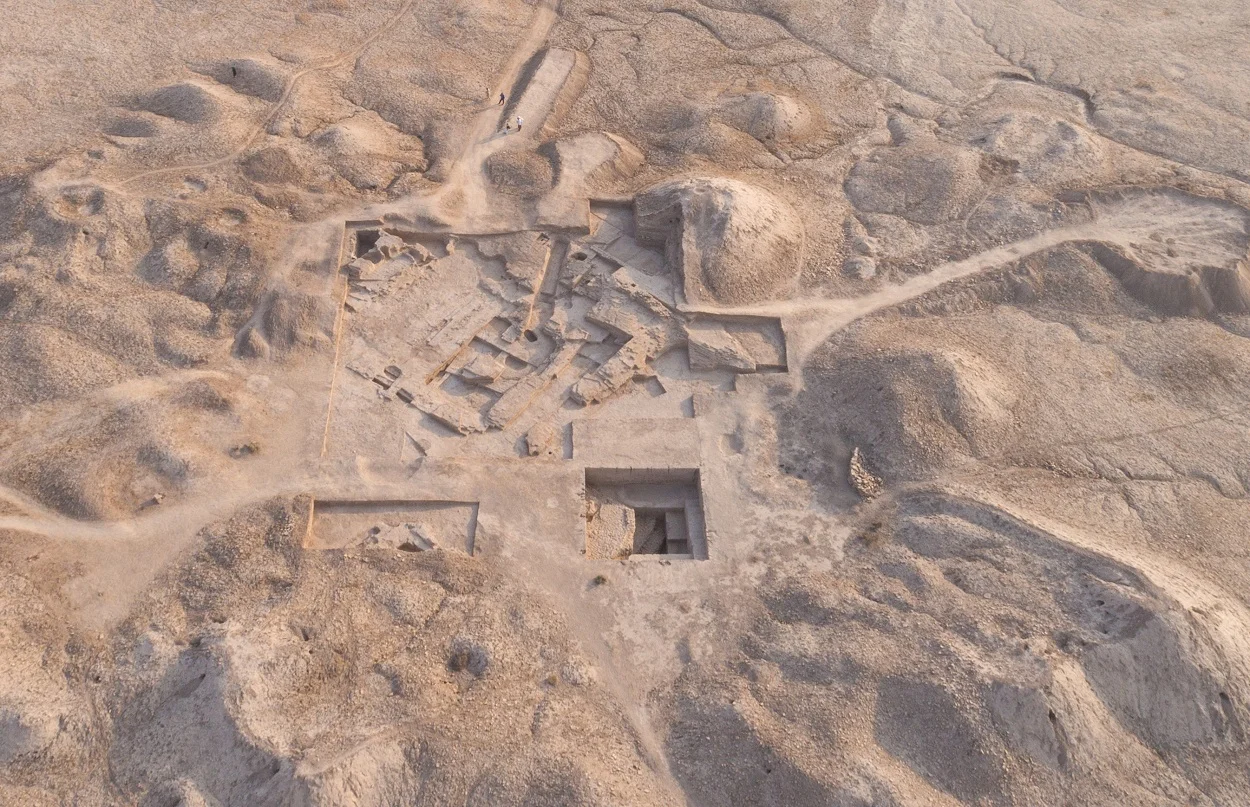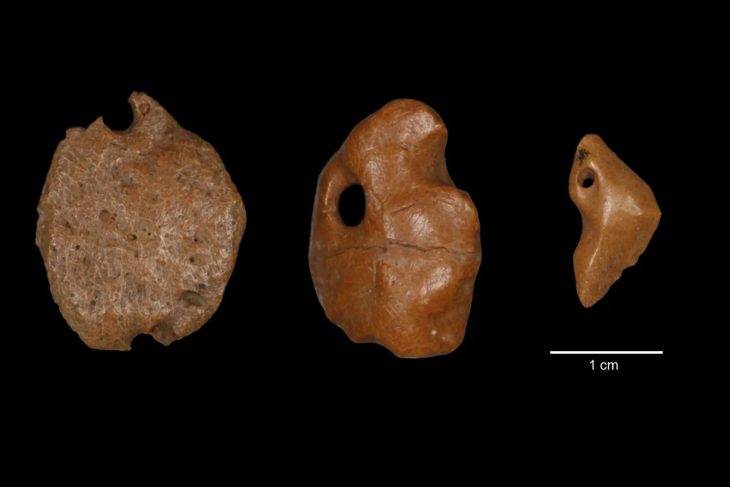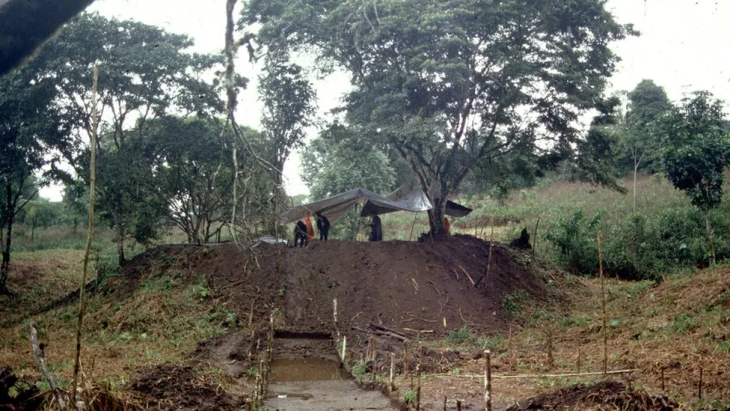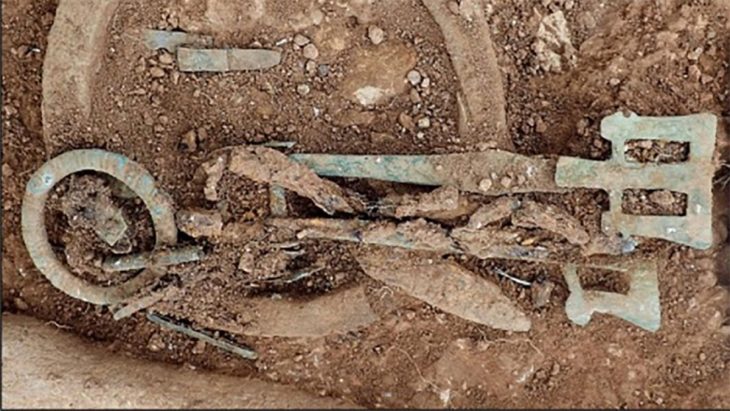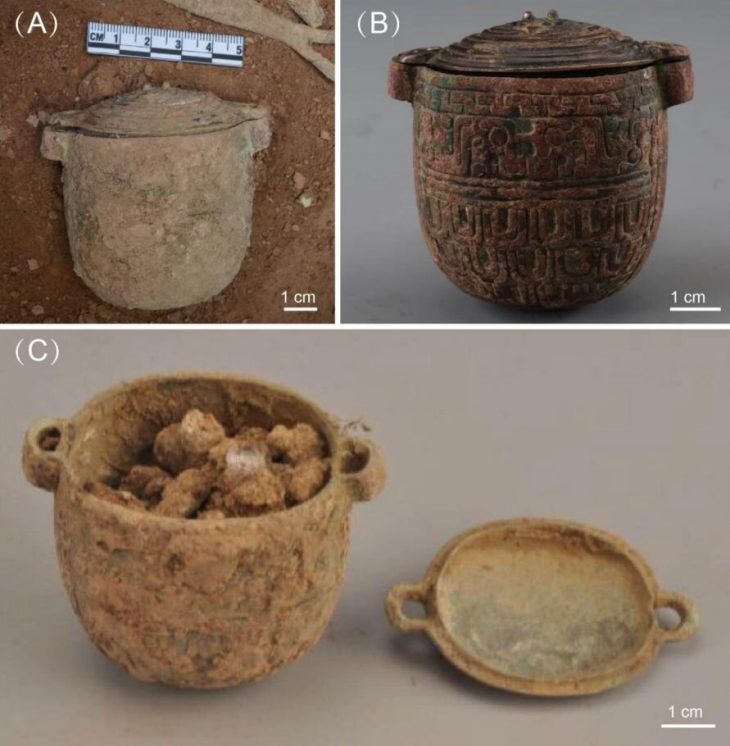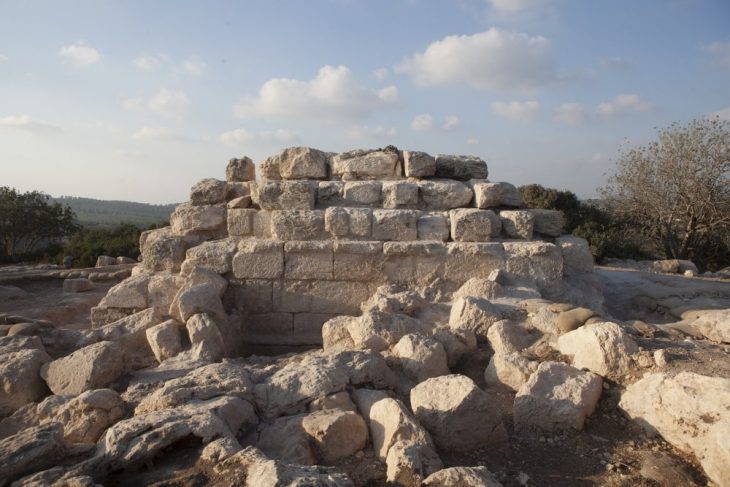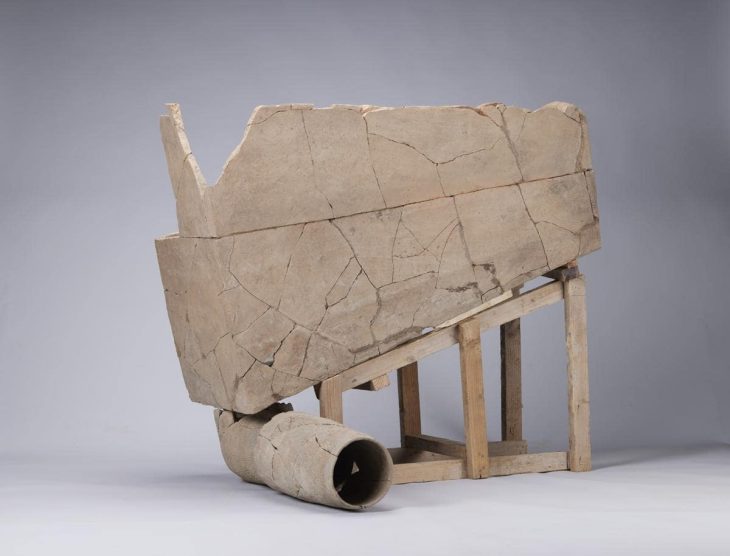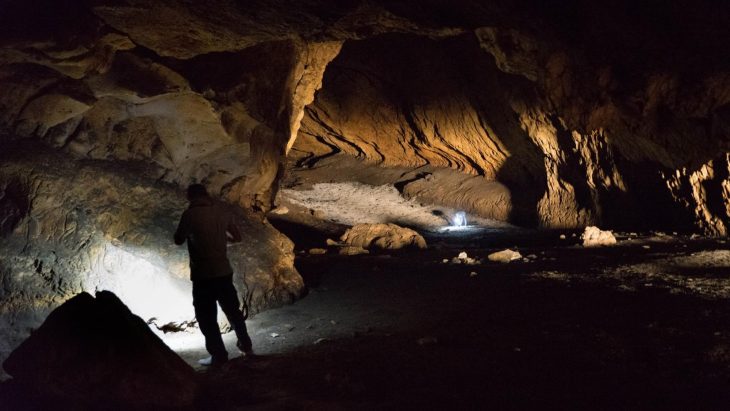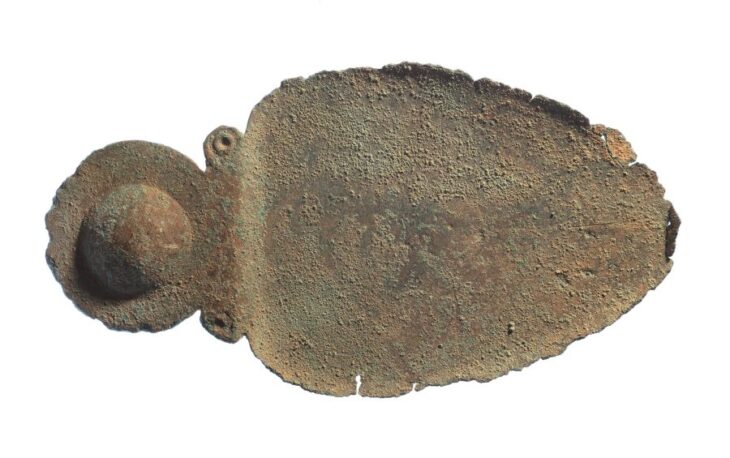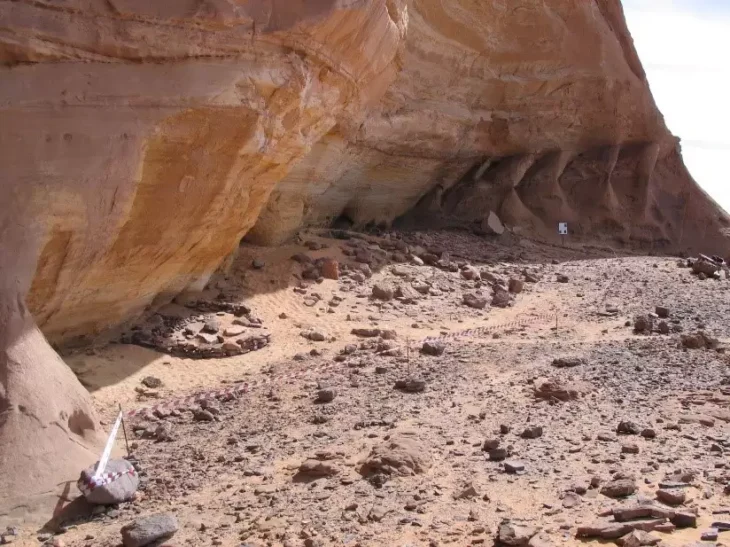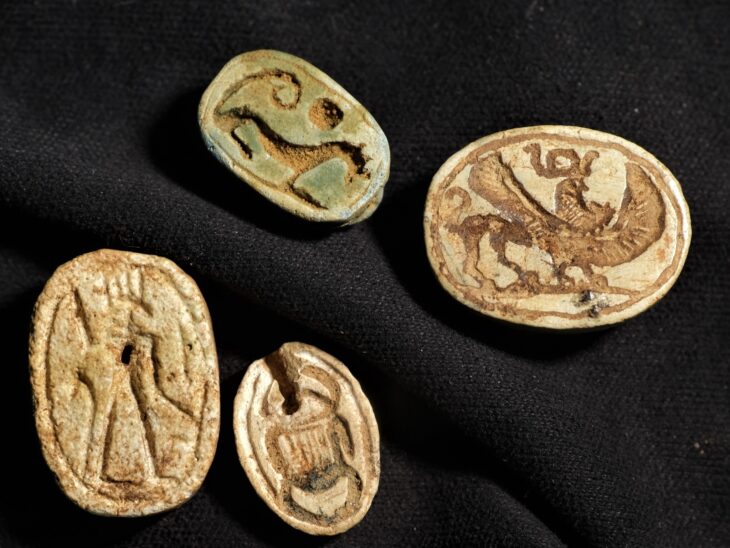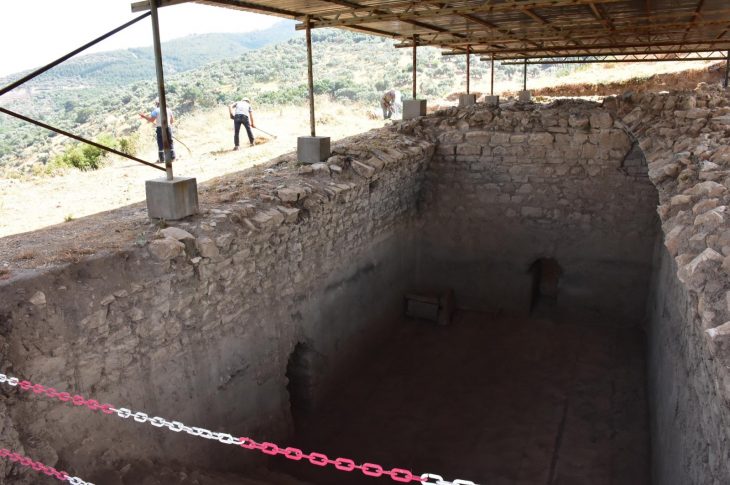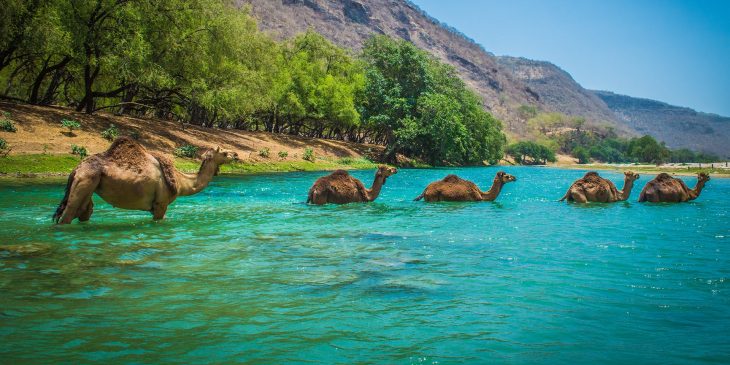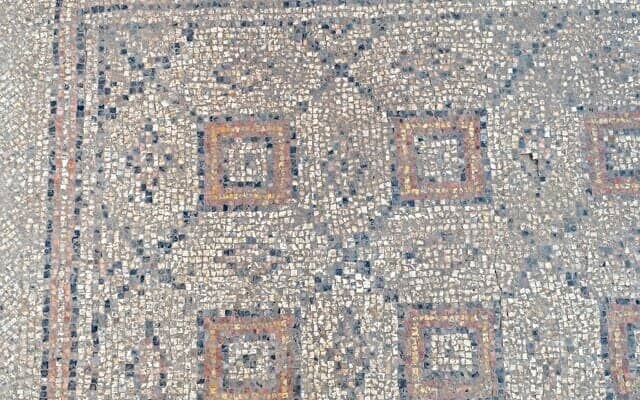Archaeologists discovered two temples, with one buried over the other, during excavations at Girsu, a Sumerian city in southeastern Iraq now known as Tello.
The fourth century B.C. is when the more recent Hellenistic temple was built, and it might be connected to Alexander the Great.
Inside the temple, the archaeologists found a fired brick which had an Aramaic and Greek inscription, that referred to “the giver of two brothers”, which was seen as a possible reference made to the Macedonian king, who had ruled for 13 years from 336 BC to 323 BC and conquered much of the known world.
The older temple, on the other hand, was discovered by archaeologists from London’s British Museum while conducting excavations in the ancient megacity of Girsu, which is a Sumerian city now called Tello.
The excavations are part of an ongoing venture conducted by the museum known as The Girsu Project that focuses on learning more about the city’s storied history.
The remnants of the older temple were found to be buried in the same spot as the newer one, which was dedicated to Hercules and Ningirsu (also known as Ninurta), the Greek deity’s Sumerian equivalent. This was noted by Ancient Mesopotamia curator and archaeologist Sebastien Rey from the British Museum. Rey led the excavations held in the area.
The archaeologists note that it was not a coincidence that the temple was raised on a site where another one stood 1,500 years before. The area could have held significance for those from Mesopotamia.

“It shows that the inhabitants of Babylonia in the [fourth] century BC had a vast knowledge of their history. The legacy of the Sumerians was still very vibrant,” said Rey.
The archaeologists, while exploring the dual temple site, discovered a silver drachm (an ancient Greek coin) which was buried underneath an altar or shrine, along with a brick with the two brothers’ inscription.
Rey notes that the inscription is quite intriguing, as it notes the Babylonian name inscribed in Aramaic and Greek. He notes that the name must have been chosen to be a ceremonial title on account of its symbolic meanings and archaizing tone. All evidence shows that the name, which was Adadnadinakhe, was remarkably rare.
The inscription also references Zeus, who is typically represented by an eagle and a lightning bolt. The unique coin featured both symbols. Rey also notes that Zeus also acknowledged Alexander the Great to be his son through the Ammon oracle, making Zeus the “giver of brothers” due to the fraternal bond affirmed between both Hercules and Alexander.
Rey concludes that by mixing together the signs of Alexandrian presence, this shows that Alexander could have had an active and direct role in the re-establishment of the temple or that it welcomed the Macedonian ruler’s memorial after he died early.
Aside from the artifacts, the archaeologists discovered offerings that were traditionally given after battles. They included soldier clay figurines.
Cover Photo: British Museum

